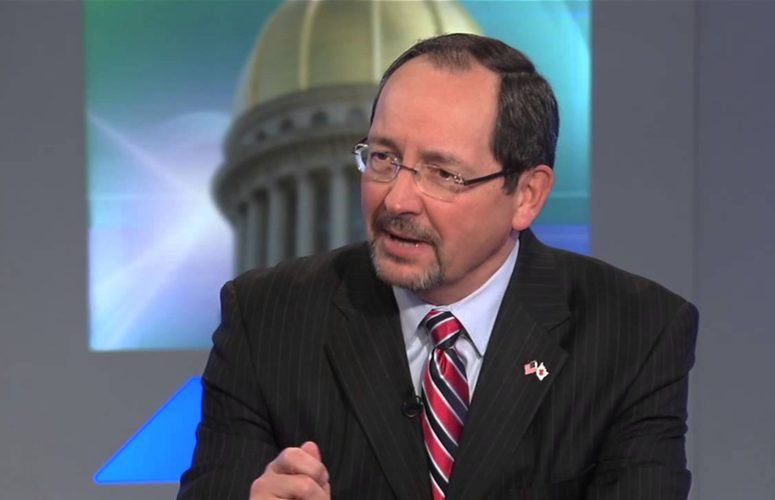“The Great Resignation”…It’s not personal. (Or is it?)
By Steve Adubato, PhD On Jul 22, 2022In this special edition of Lessons in Leadership, Steve Adubato and Mary Gamba talk with Randy Stodard, Chief Marketing Officer, Delta Dental of New Jersey, Delta Dental of Connecticut, about the impact of the “Great Resignation” on the workforce, as well as the concept of “languishing” and “flourishing” in a pandemic. Then, Steve and Mary talk with Tatum Colitz, Senior Associate Athletics Director and Senior Woman Administrator, Seton Hall University, about the initiative she launched, “SHE Can,” as well as women in athletics.
The pandemic-era trend known as the “Great Resignation,” where workers are quitting their jobs at near-record levels in search of opportunities elsewhere amid strong labor demand, is a reality for so many leaders. Consider the following “best practices” that can increase the odds that your best people will want to stay on board:
- Stay connected on a regular basis. The goal is to make regular communication with every team member part of your leadership DNA. It is not a check off the box kind of thing. It is keeping it top of mind and staying engaged. Texting, e-mailing, calling out of the blue, just to see how team members are doing and what issues and/or challenges they may be having.
- Read the tea leaves. For leaders that are intuitive and have a high degree of emotional intelligence you should be able to pick up the signs that something is off or wrong with a particular team member. I am not talking about looking for a problem that doesn’t exist, but listen and observe. It is about tone of voice, body language, a lack of engagement and enthusiasm. Hoping things work out isn’t really a great plan.
- Show me the money. Given how many options people have in the marketplace, you’ve got to invest the dollars if you can afford it. No, it is not a guarantee that people will stay, but having people leave over “money” in this environment is an unforced error, because the amount of money, time, and effort we spend recruiting and training new people costs a heck of a lot more.
- Acknowledge and recognize your people. Great leaders are vigilant in recognizing and celebrating when team members succeed. Send an e-mail about someone doing a great job, not just to them but, in some cases, to the entire team. Reward them financially beyond their base salary with bonuses and, if appropriate, salary adjustments for going above and beyond. Again, no guarantee they are going to stay, but not doing it is simply not smart.
- Put people in a position to succeed. Smart leaders identify the key strengths of their team members and put them in the right roles for success. Of course, we need to develop people in areas where they can improve, however, this should not be done by putting them in a position to fail—which will only increase the odds that disappointment and disillusion will set in.
- Lead on a two-way street. It’s one thing to communicate specific goals that YOU would like a team member to accomplish, but it is also important that a team member is given the opportunity to tell you what he or she thinks is important. Creating a two-way street with open communication is critical to effective mentoring and coaching.
- Variety motivates. If you do the same thing every day, you are going to be unmotivated and disengaged. Conversely, mixing up your professional portfolio is motivating. Smart leaders are constantly looking at a team member’s responsibilities and looking for ways to challenge them to get outside their comfort zone.
- Be consistent in your expectations. Great leaders communicate to employees exactly what they expect and when their people perform at that level, they are rewarded and recognized. Real employee engagement requires open and honest communication that is consistent and clear. Changing expectations on a whim and sending conflicting messages about goals can be frustrating to a team member.
- Collaborate and involve employees in the decision-making process. You are not expected to have all the answers. Sometimes, as a leader, sharing a difficult question or challenge with employees and asking for their feedback will engage them in identifying a possible solution. This often creates a greater degree of ownership and investment in the team and organization.






